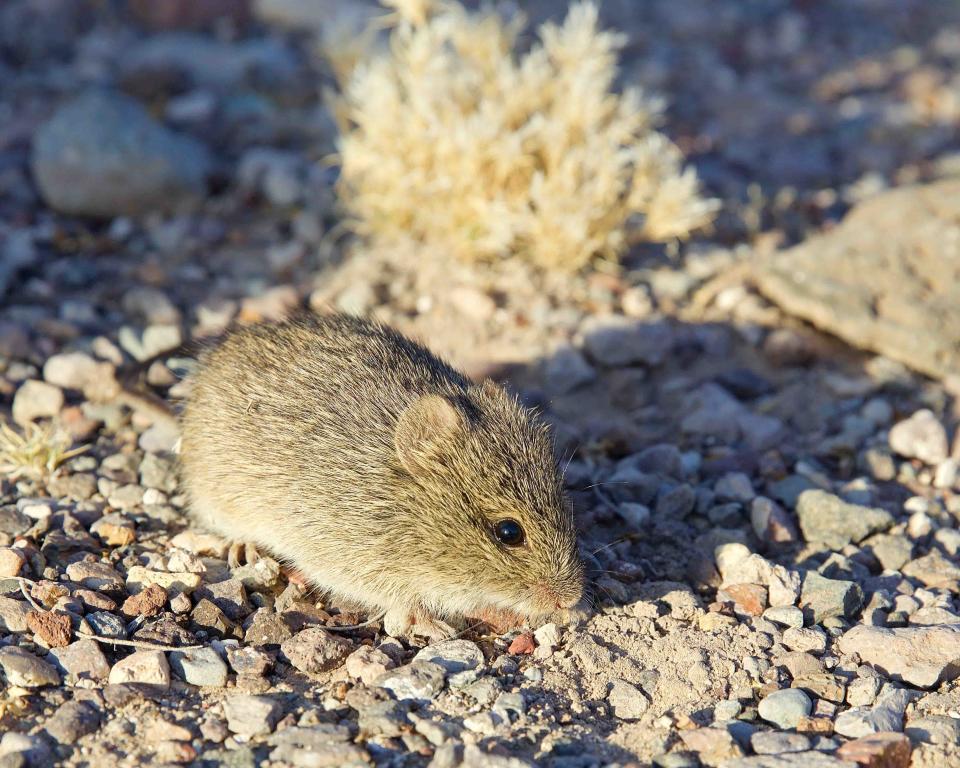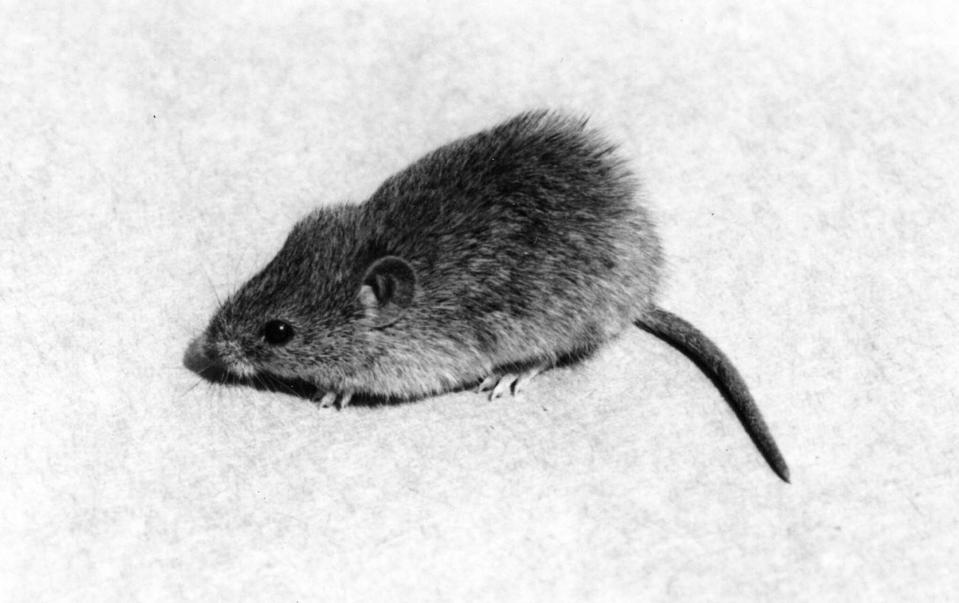Goetze: From the tropics to the prairies
Animal communities are sometimes thought of as rather static, unchanging, natural entities, but we know from observations and research that natural systems are dynamic.
Considerable changes have occurred — or are occurring — in our region’s environments over the past 150 years, and I think it is reasonable to say that, at the very least, some species are on the move!
The region's new residents
Two rodents found in Northcentral Texas and Southwestern Oklahoma are good examples of species expanding their ranges northward from tropical epicenters in Central Mexico and the Yucatan Peninsula.

These two relatively new immigrants are the hispid cotton rat (Sigmodon hispidus) and the northern pygmy mouse (Baiomys taylori). The common and scientific names of both species are descriptive. Cotton rats acquired their common name because they were known to damage cotton crops in the southeastern United States.
The Greek translation of "Sigmodon" is “S-shaped tooth” and refers to the sigmoid shape of the cusps and enamel folds of the cotton rat’s cheek teeth; whereas, hispid is Greek for “hairy." The northern pygmy mouse is, coincidentally, the smallest cricetid rodent in North America and Baiomys translates from Latin as “little mouse."
The look of the new residents
Both species are often encountered in the same locations and habitats, but cotton rats are easily distinguished from much smaller pygmy mice.
Cotton rats have coarse, tan, dorsal fur mixed with darker brown, black, and scattered white hairs, and gray bellies. Their tails are dark, sparsely haired and distinctly annulated — with rings. Their ears are large, rounded and partially obscured by long, basal hairs, and their feet are gray.
Cotton rats have an average head and body length of 5–8 inches and tail length of 3–5 inches. The northern pygmy mouse’s head and body length is a mere 2-2.5 inches, and its tail length averages 1.7 inches. Pygmy mice have dark gray to almost black dorsal fur and gray bellies.
Their tails are sparsely haired but dark dorsally and lighter on the ventral side. Their feet are light gray to almost white, and their bellies are light gray. The pygmy mouse has distinct, rounded ears and resembles the house mouse — except the house mouse’s almost hairless tail is much longer than the pygmy mouse’s tail.
Hispid cotton rats occur throughout our region but the northern pygmy mouse is a peripheral species in Oklahoma. The pygmy mouse has been reported in Tillman, Cotton and Jefferson counties of Southwestern Oklahoma and is probably expanding its range within the Sooner State.
Where they like to hang out
Both rodents utilize overgrown roadside ditches and railroad rights-of-way as corridors leading to new areas, but wide, paved highways likely hinder dispersal of the pygmy mouse.
Tallgrass, riparian, and heavily vegetated lowland areas are preferred habitats; but both rodents may be found in oak woodlands, mesquite pasturelands and other habitats with sufficient ground cover.
Where both species occur together, the hispid cotton rat excludes the pygmy mouse to more marginal areas with less ground cover. Both rodents utilize trails and runways through an area, but pygmy mice avoid cotton rats. Both species construct round, hollow nests of grasses and plant materials.
Nesting sites may be adjacent to trails and runways, underneath brush or rocks, or at the bases of prickly pear cacti and other plants. Pygmy mice also live symbiotically within woodrat nests.
What's for dinner?
Both mice feed upon grass seeds and use their incisors to cut off and consume plant leaves and stems. Mesquite beans, prickly pear seeds and fruits, spiny hackberry fruits, cultivated grains and fruits, and some insects and terrestrial snails are also eaten.
An unusual behavior of cotton rats and pygmy mice, if compared to most other rodents, is their tendency to forage and move about during daylight and crepuscular hours, as well as conducting nighttime foraging excursions.
Neither species hibernates although Pygmy mice undergo short periods of torpor. To survive during winter, pygmy mice have large patches of heat-generating brown fat between their shoulder blades. But cotton rats accumulate extensive fat deposits during spring, summer and fall.

Predators
Because of their tendency to be active at any time, the many predators of cotton rats and pygmy mice include owls, hawks, wading and shore birds such as egrets and herons, coyotes, raccoons, skunks and many species of snakes. Barn owls are excellent predators of both species and may rely upon a steady diet of both rodents.
Their young
Offsetting predation effects, both rodents reproduce throughout the year with reproduction peaking during autumn and spring.
Both have short gestation periods of 27 days for cotton rats and 22 days for pygmy mice, and their pups mature rapidly and attain sexual maturity at young ages: 30–60 days for cotton rats and 60–90 days for pygmy mice. The number of pups per litter averages five for cotton rats and three for pygmy mice.
Male pygmy mice are known to groom their young and return them to the nest. Cotton rats can rapidly increase under ideal conditions, and past cotton rat outbreaks have caused damage to crops and pasturelands in our area. Cotton rat populations are distributed according to hierarchies, and young rats disperse away from dominant adults.
In contrast, there is little evidence of territoriality or aggressive behaviors within pygmy mouse populations. At locations where both species are found, cotton rats occur in higher numbers.
Keeping an eye out for them
Look for runways and trails if you’re traveling or walking through areas of tall grasses, sedge-covered lake or pond margins, stream or riverside banks, and other areas of dense ground cover. You may catch a glimpse of these two originally tropical rodents in our area — even during the daytime!

Jim Goetze is a retired professor of biology and former chairperson of the Natural Sciences Department of Laredo College with an avid interest in all aspects of the natural world. He can be contacted at gonorthtxnature@gmail.com.
This article originally appeared on Wichita Falls Times Record News: Goetze: From the tropics to the prairies

